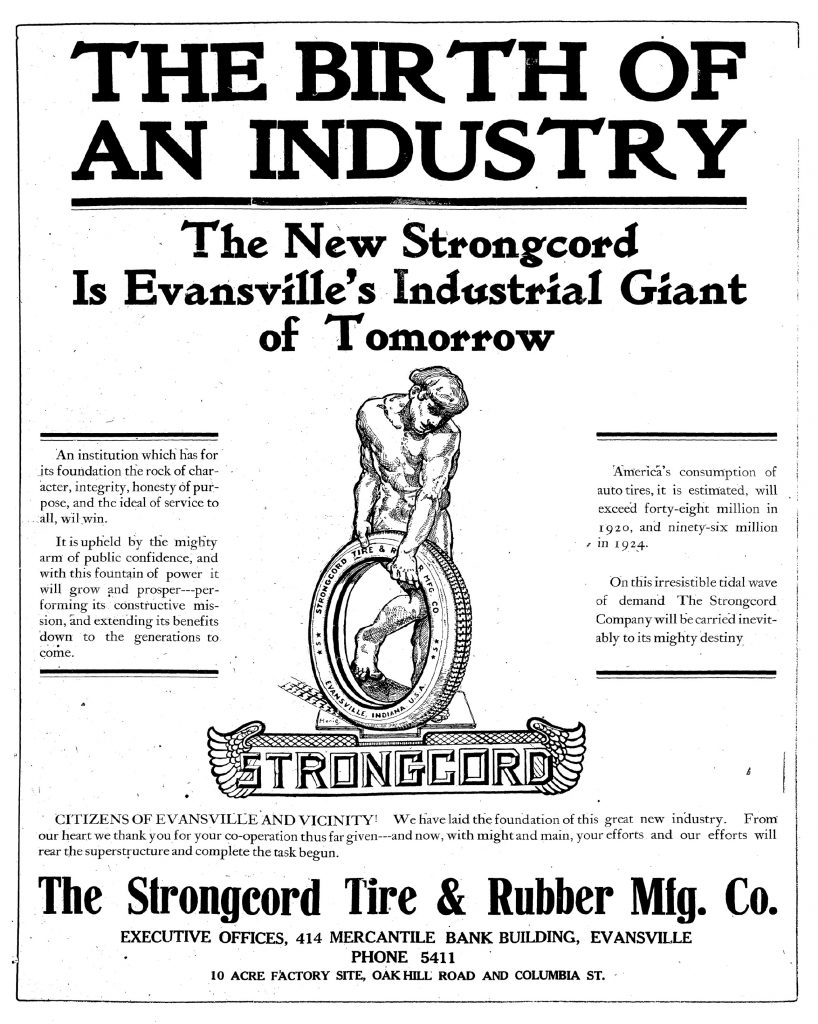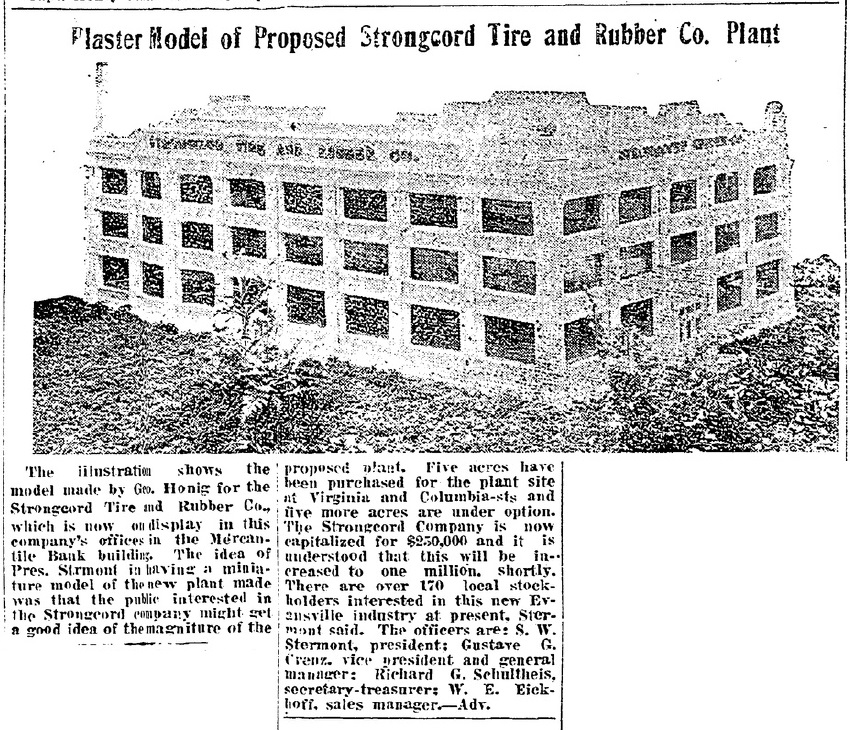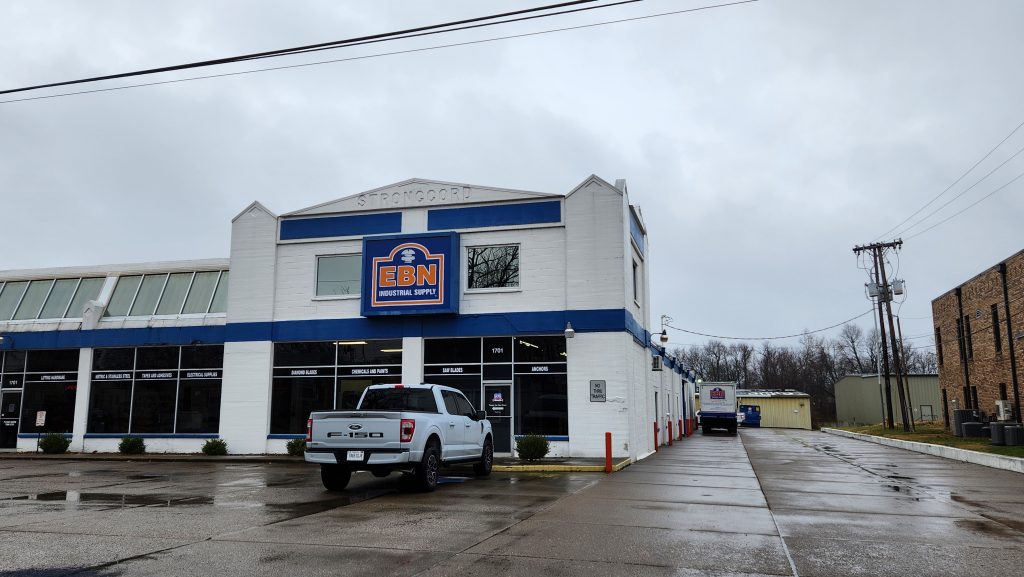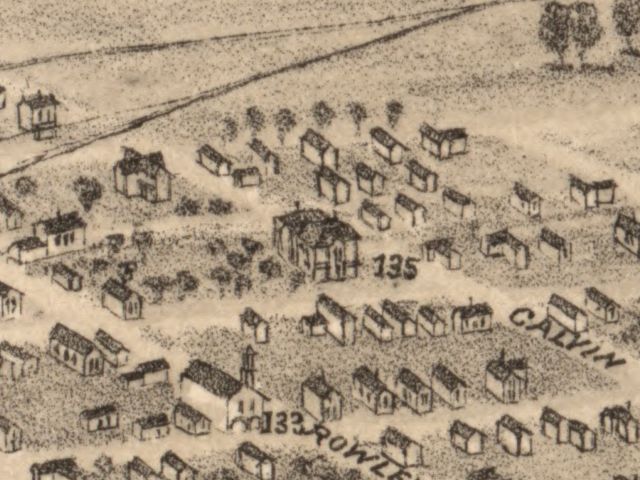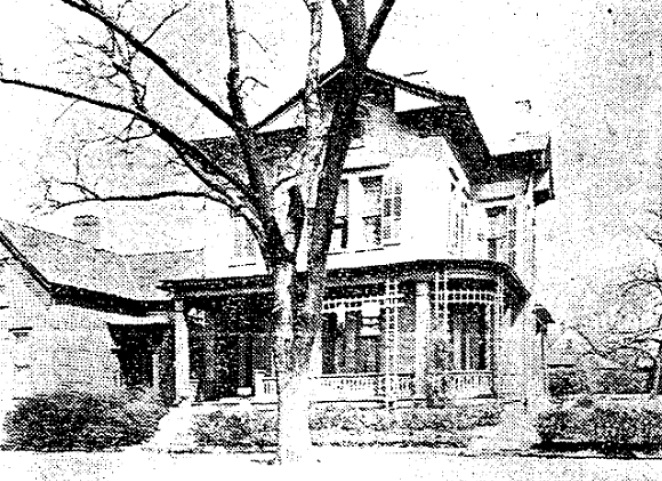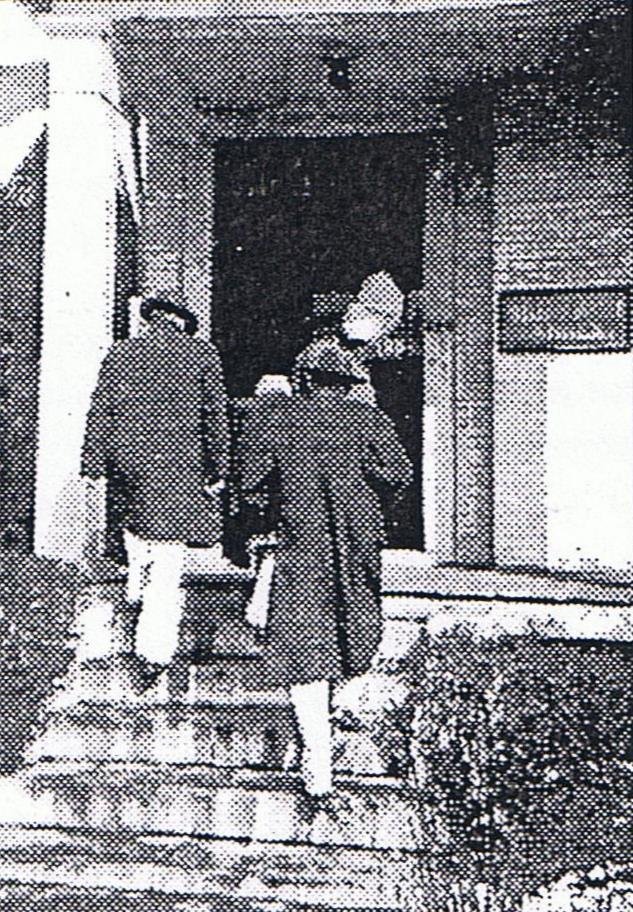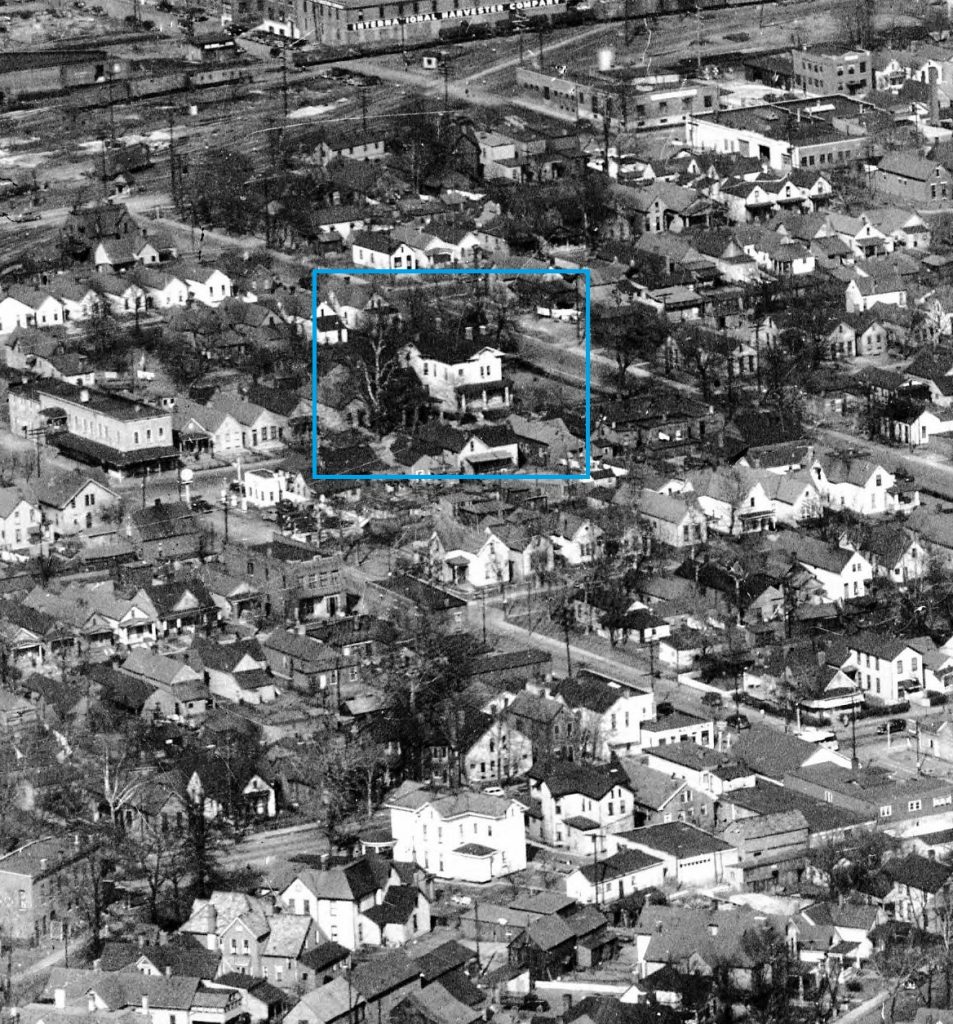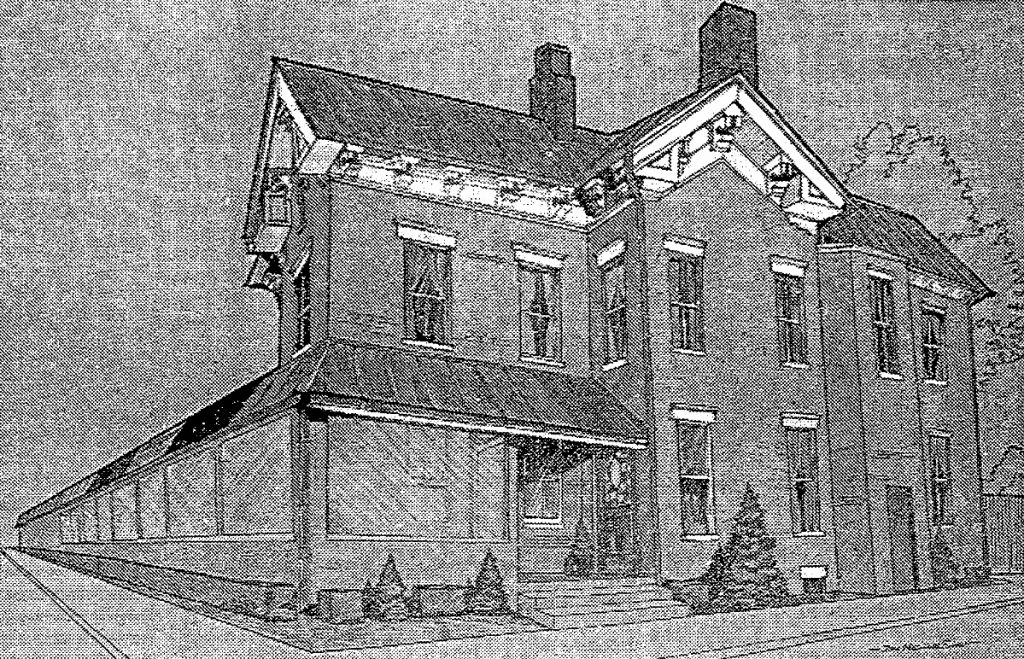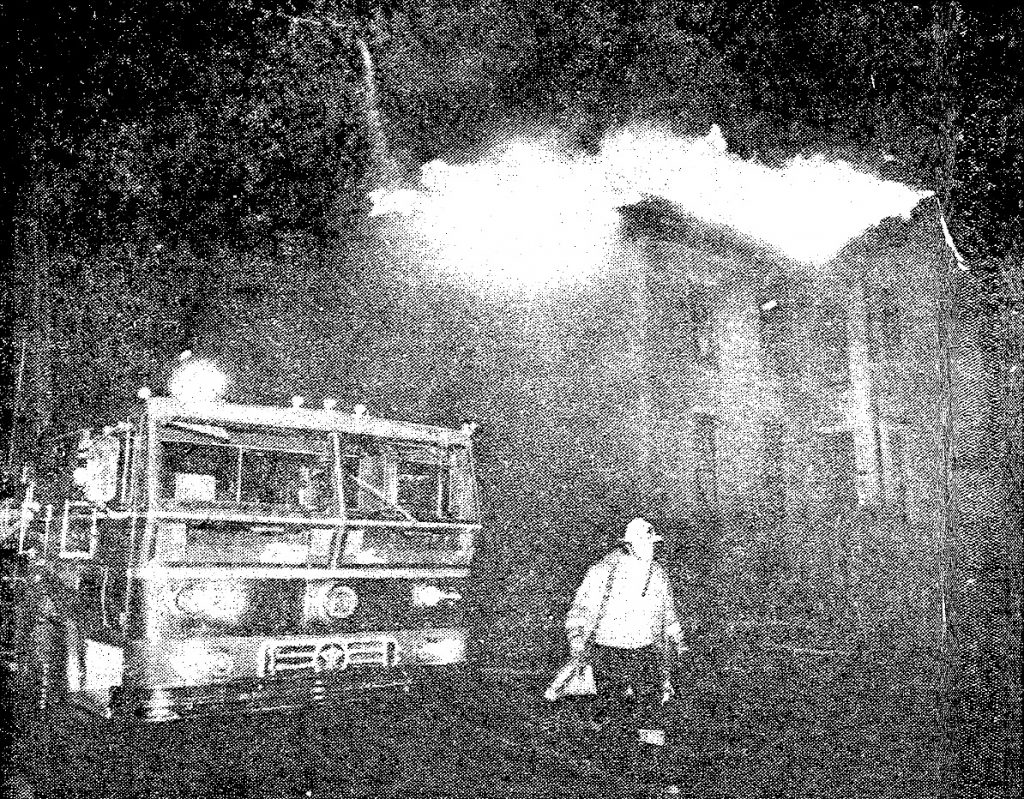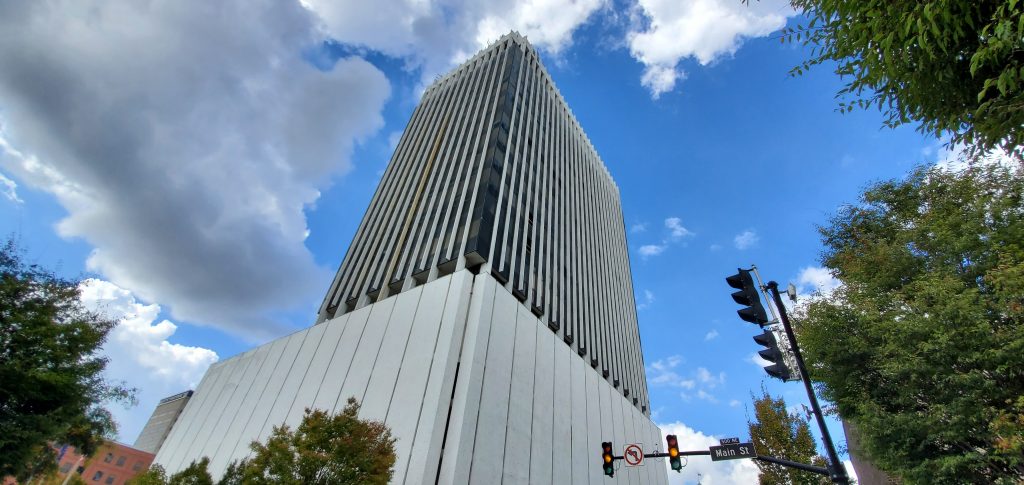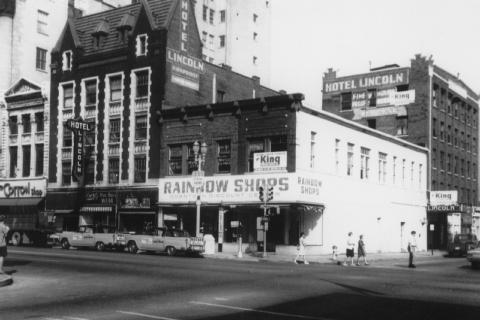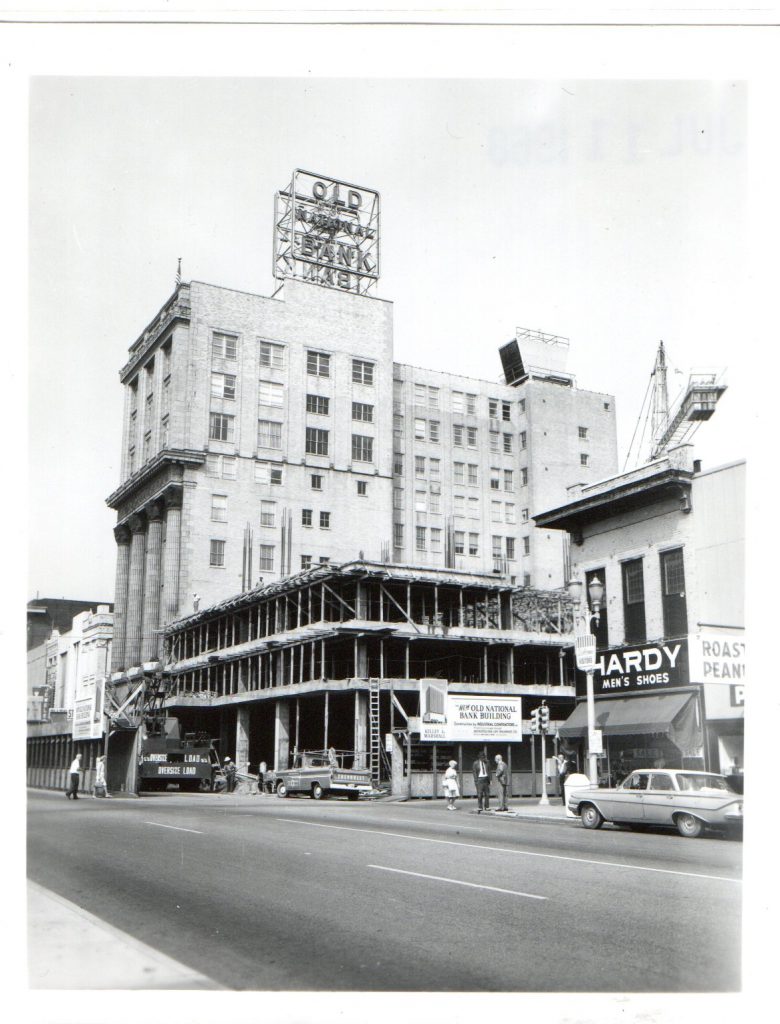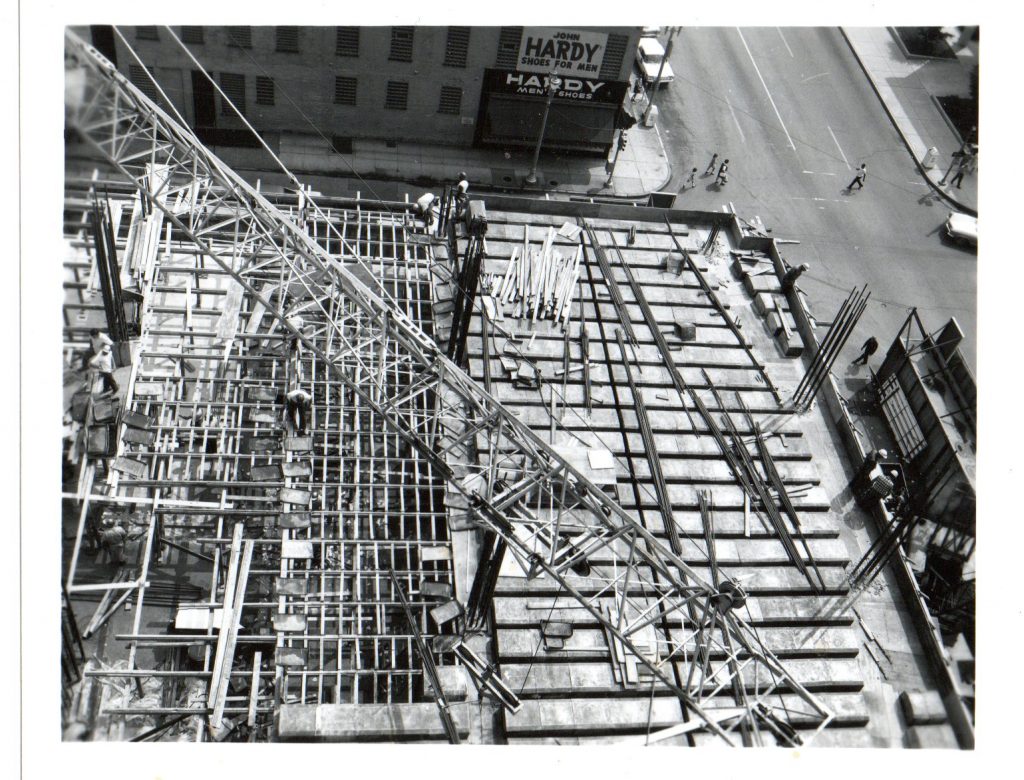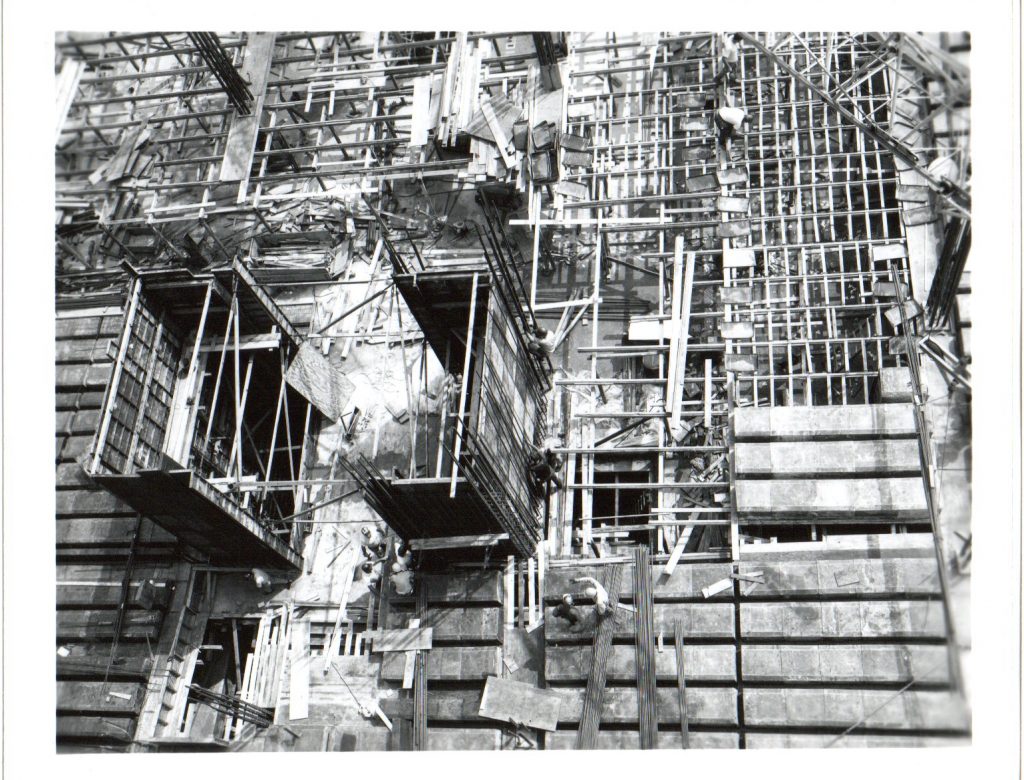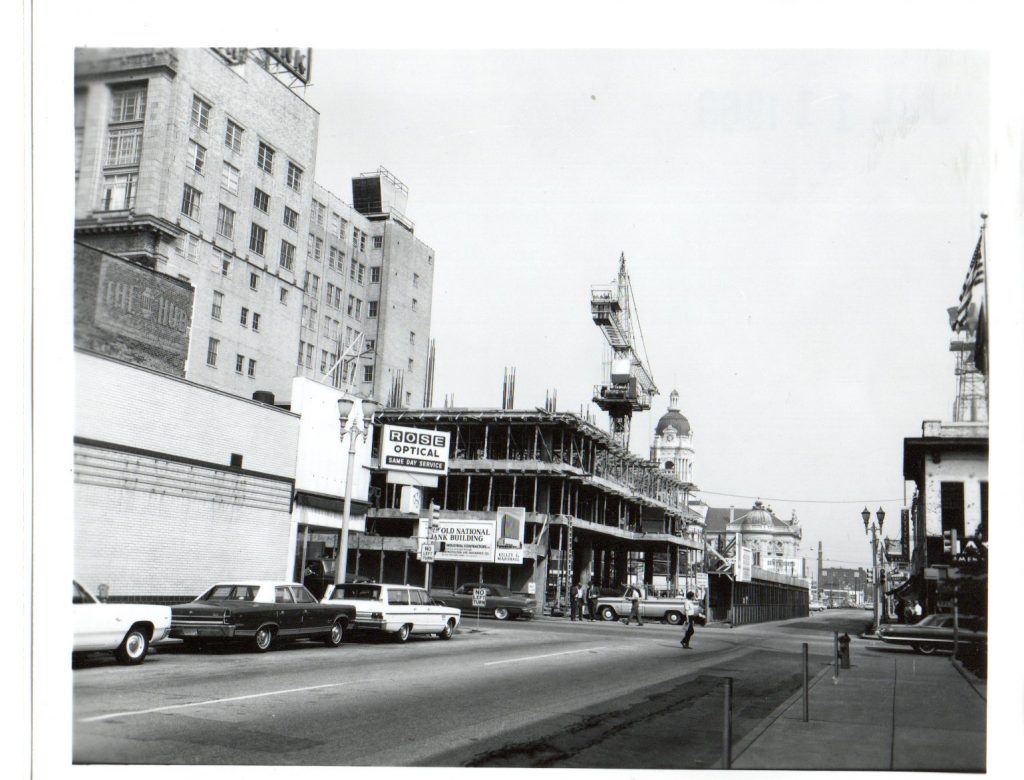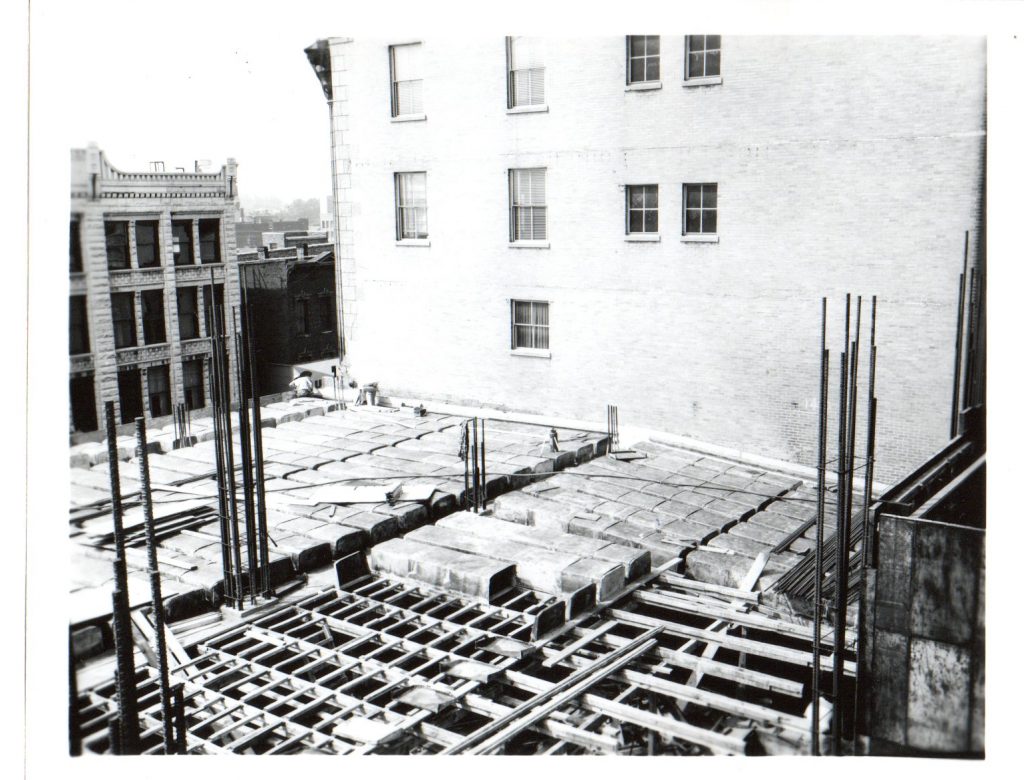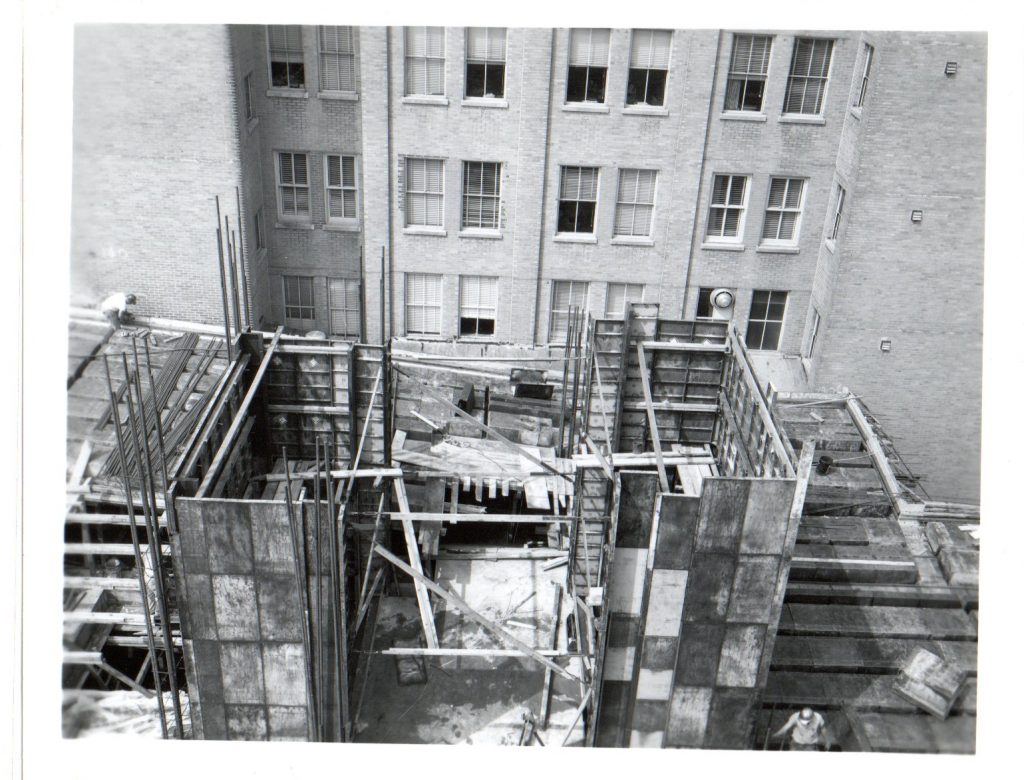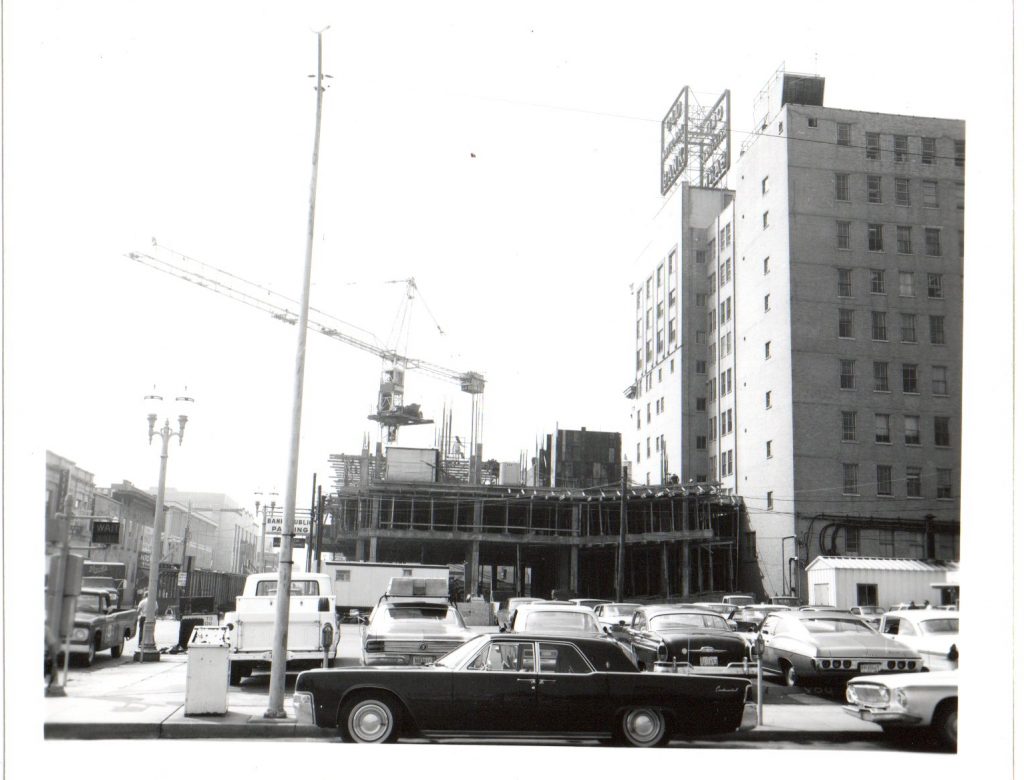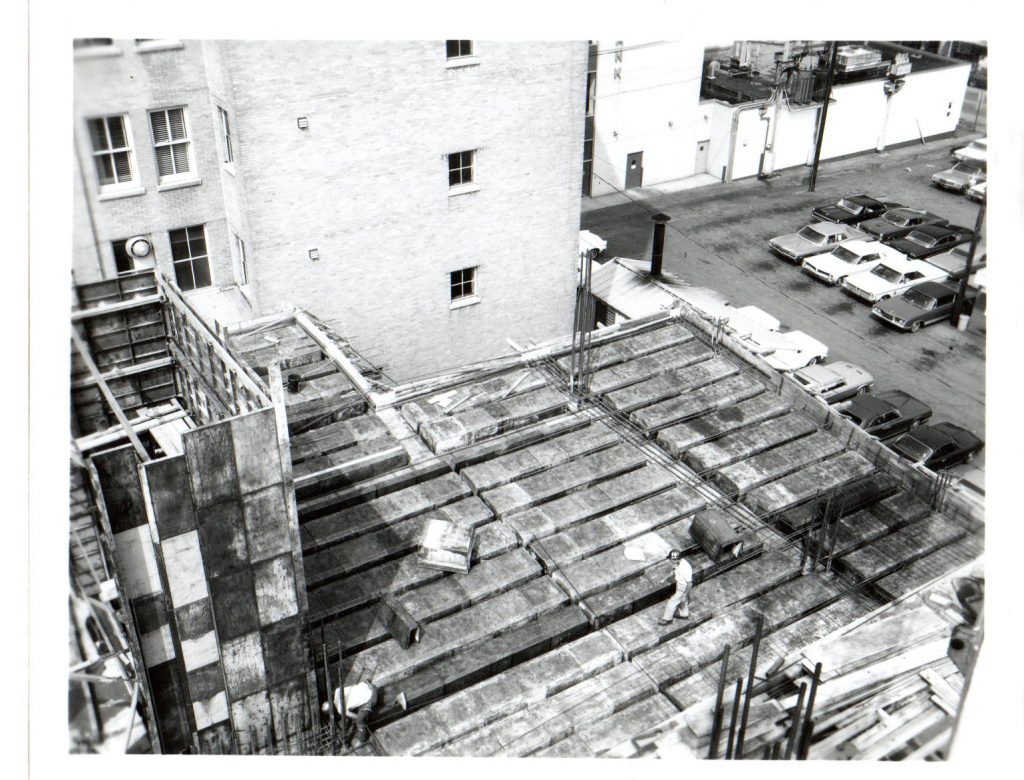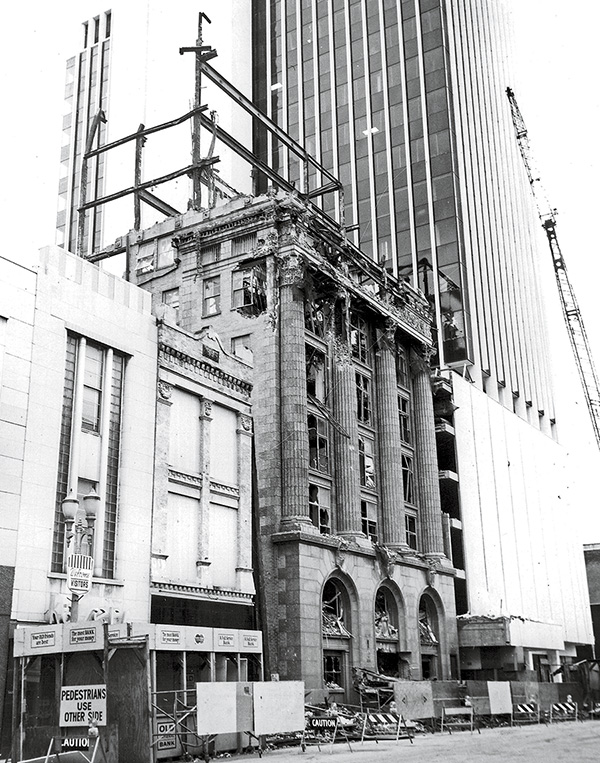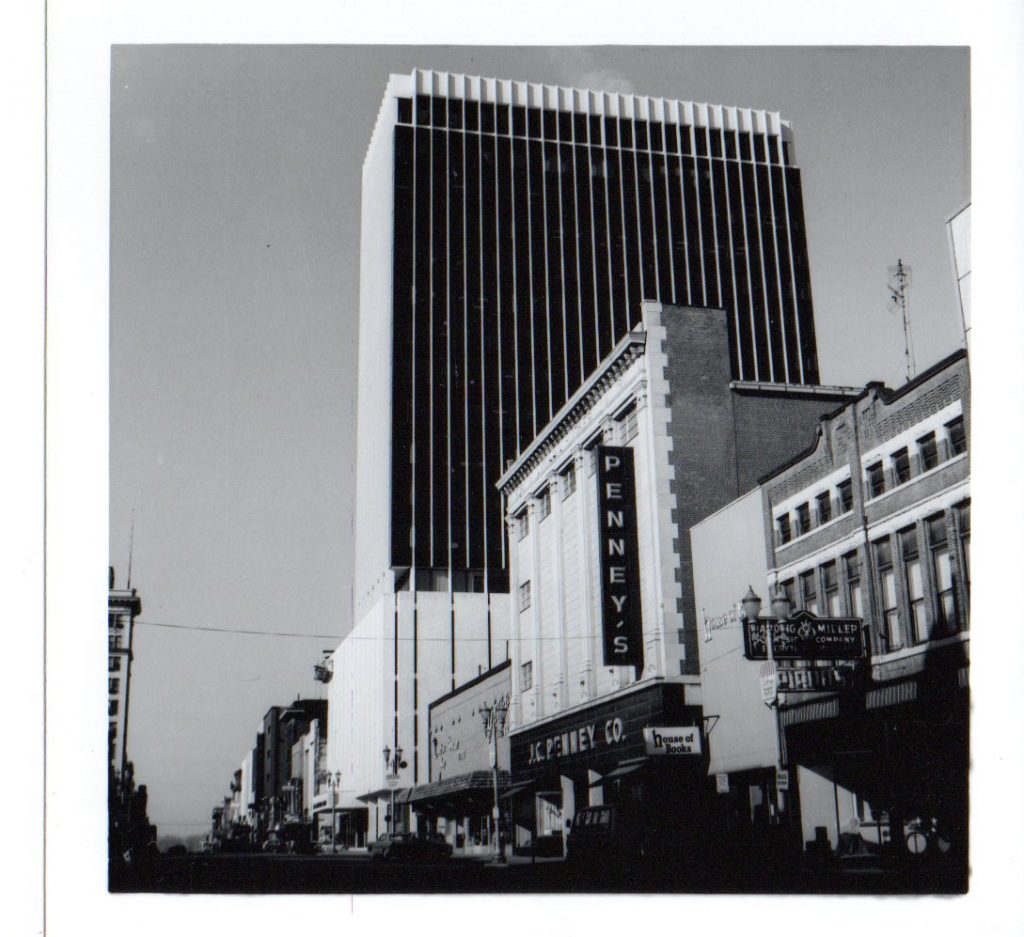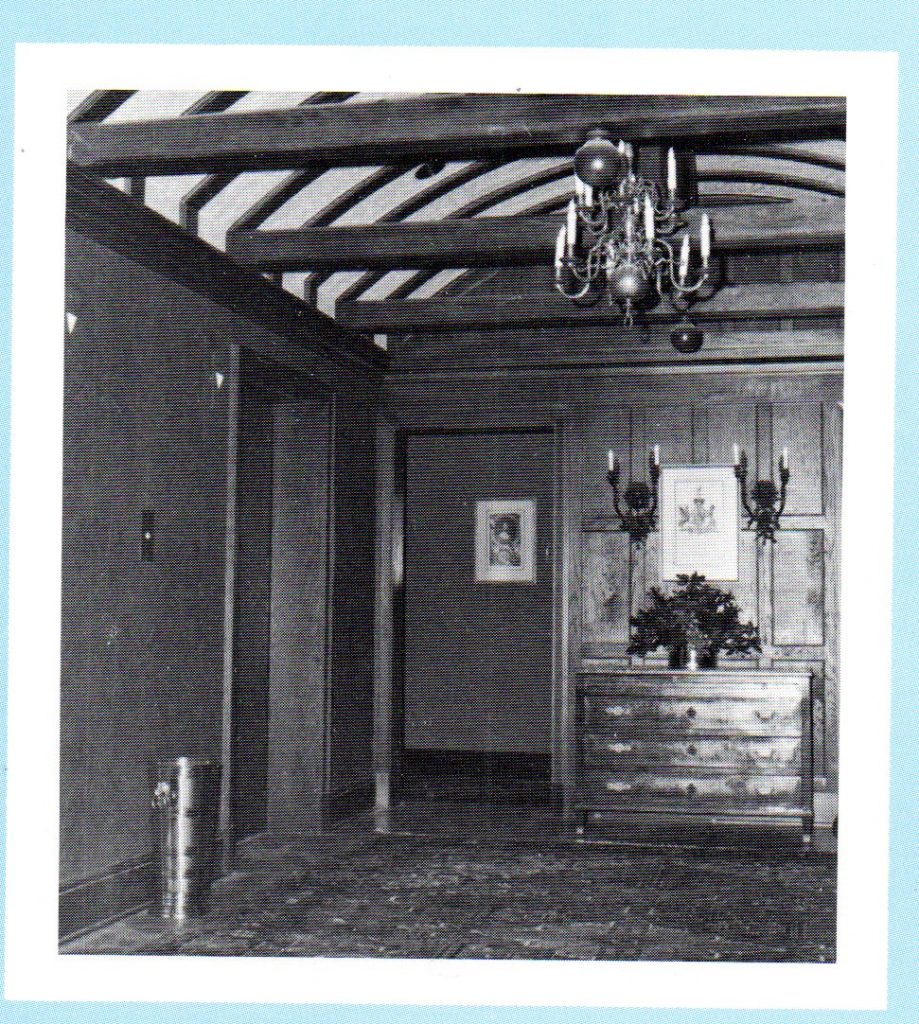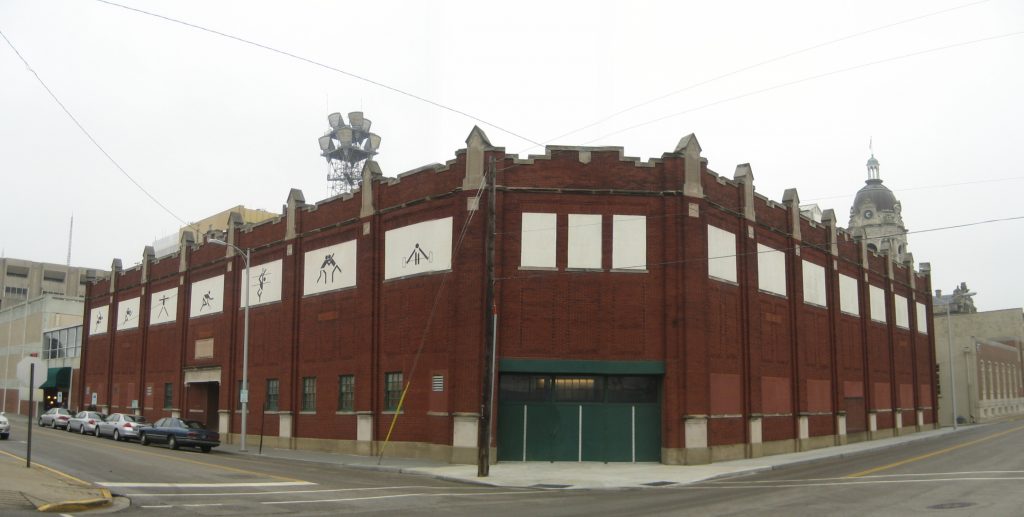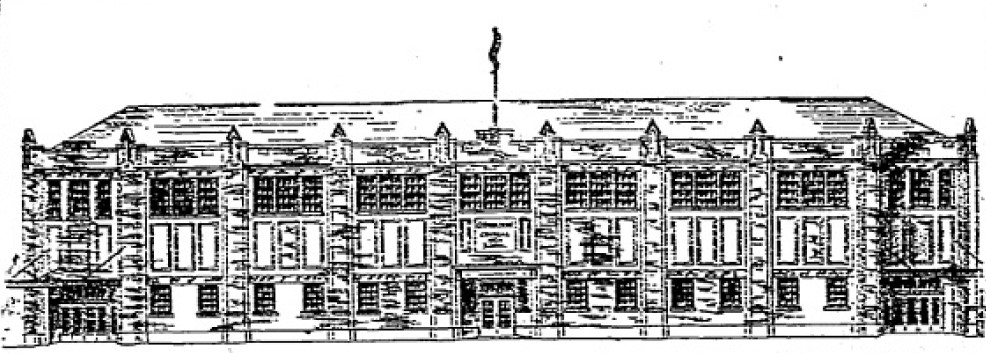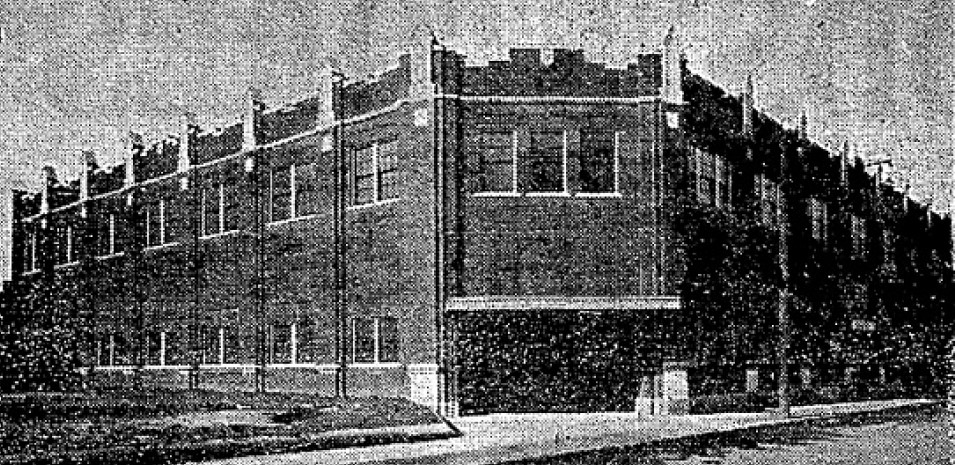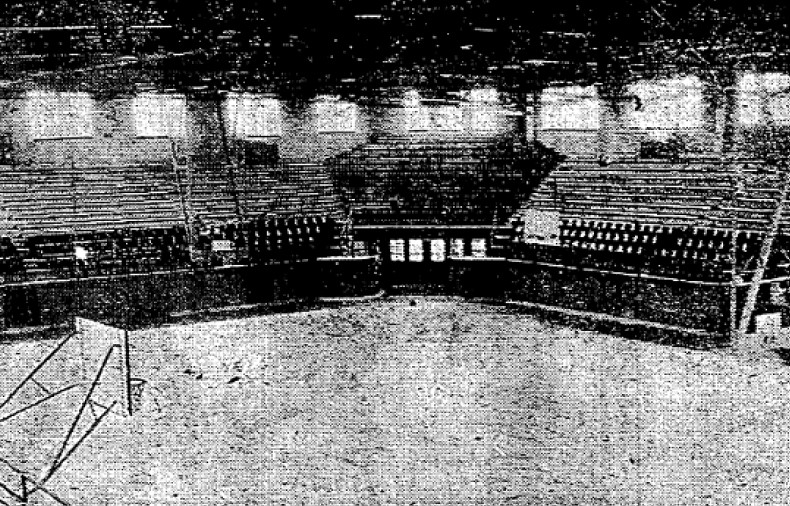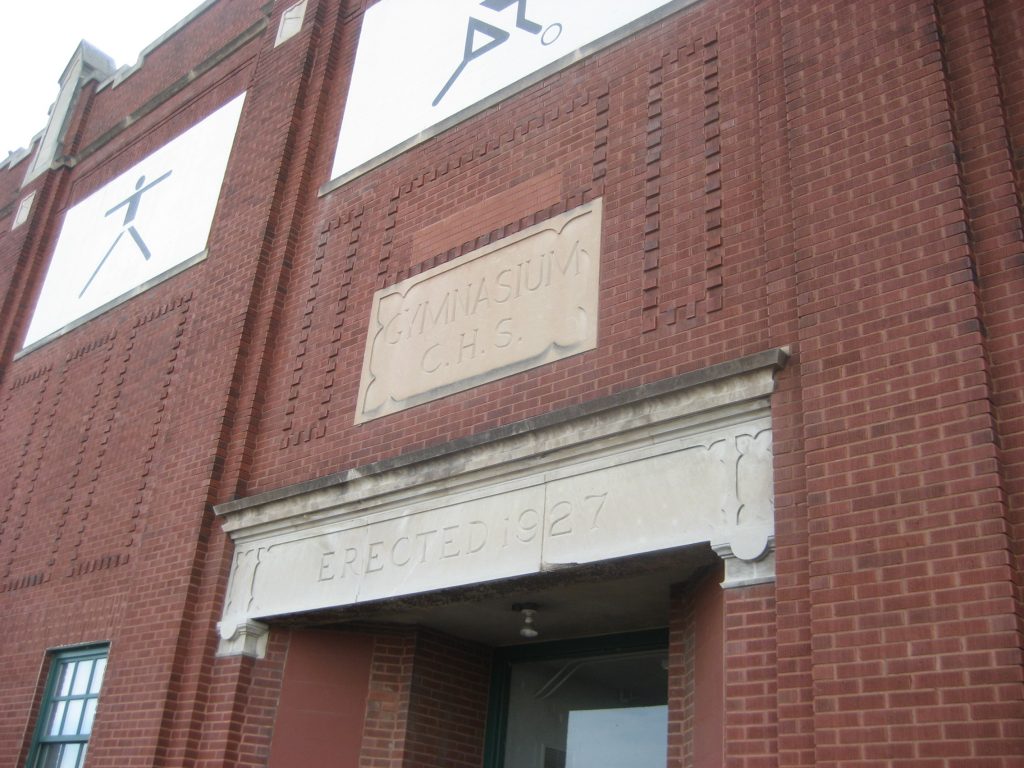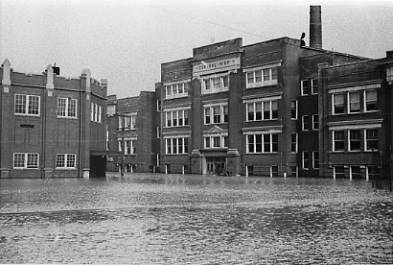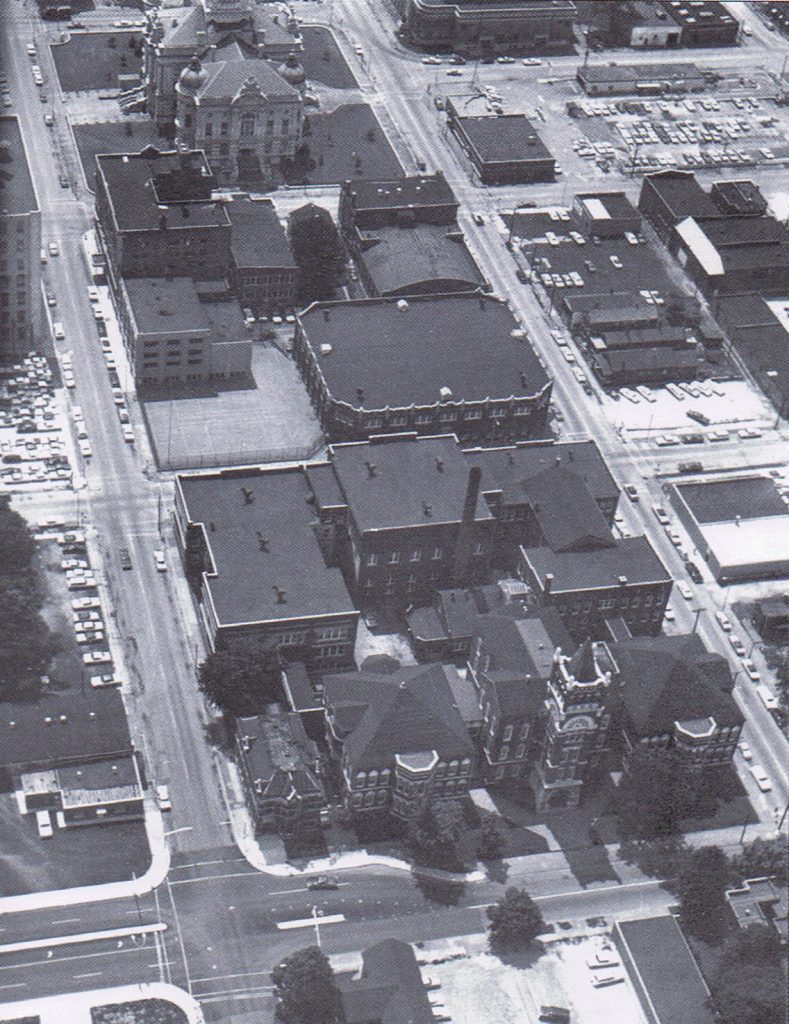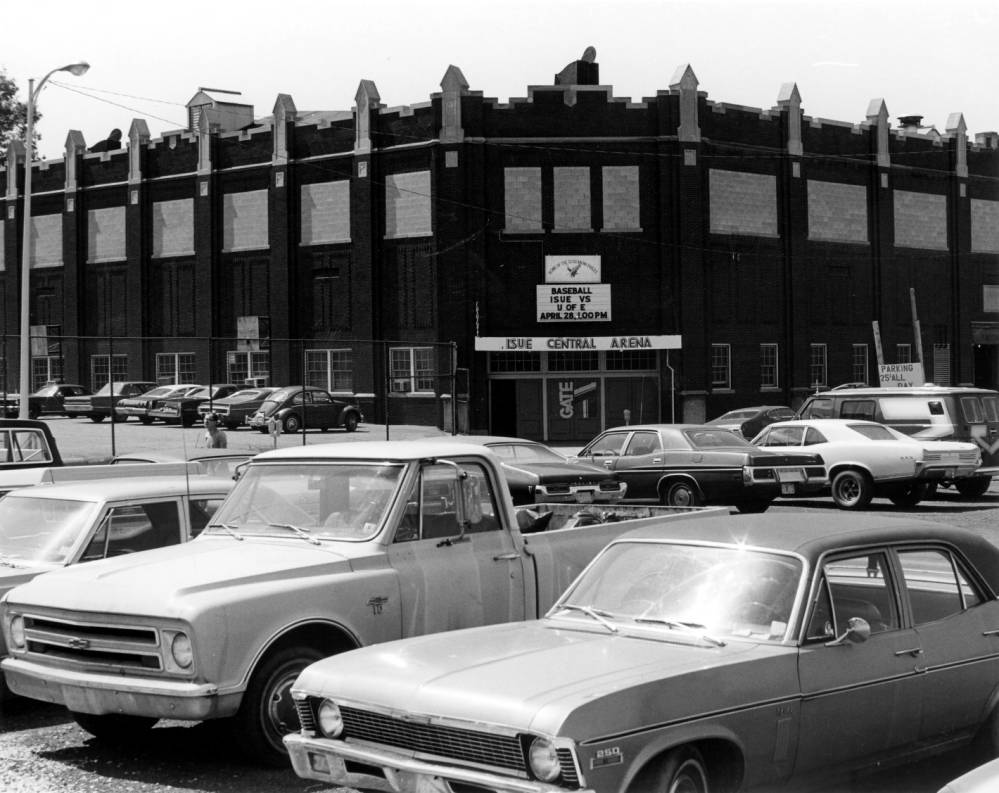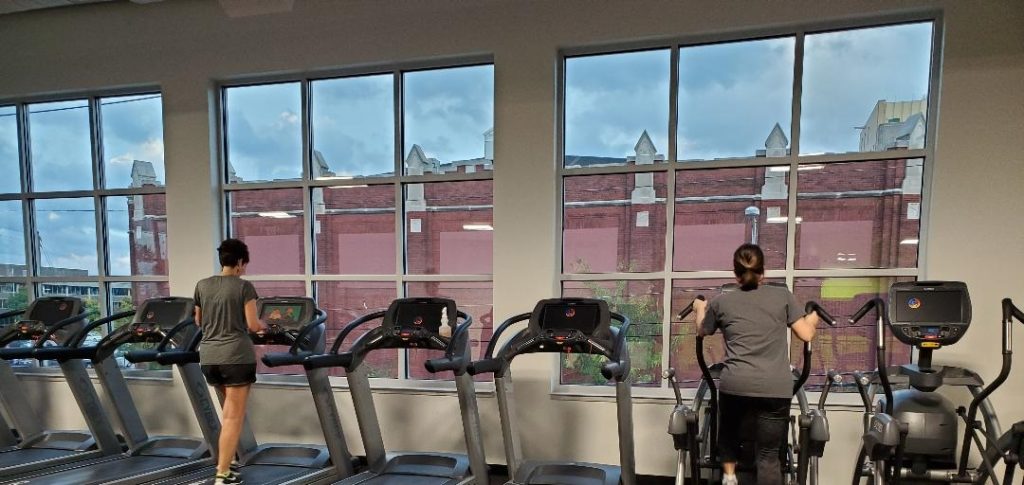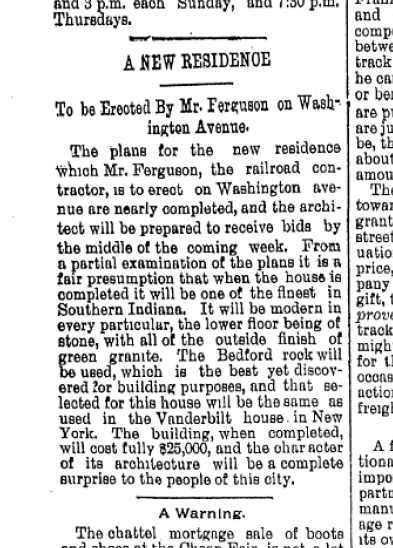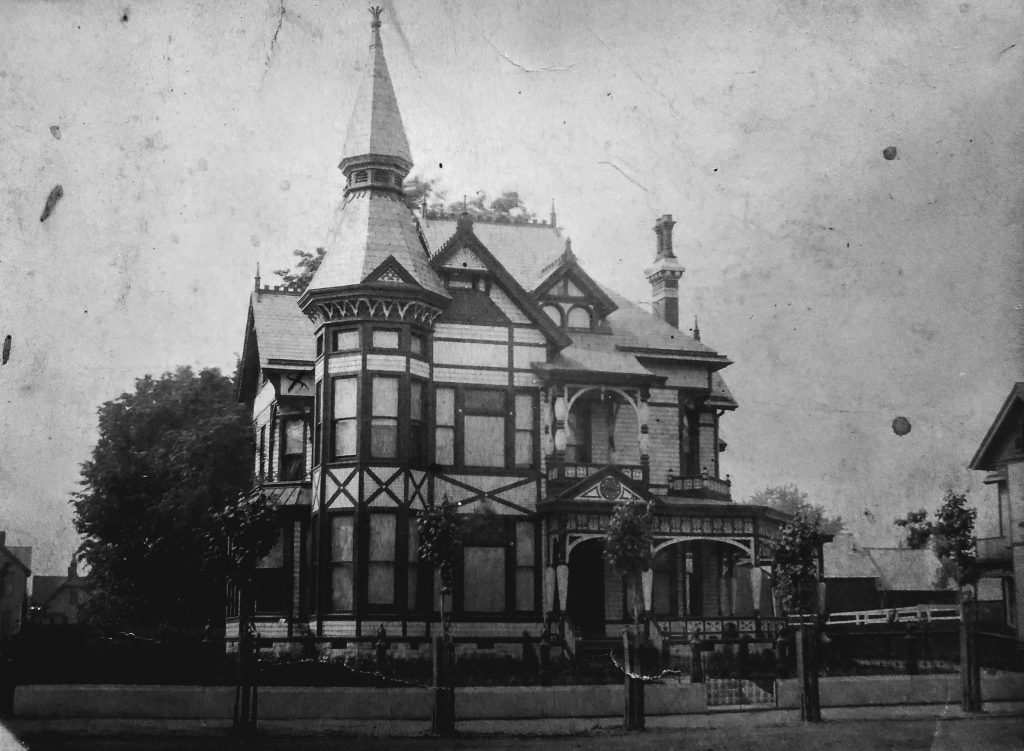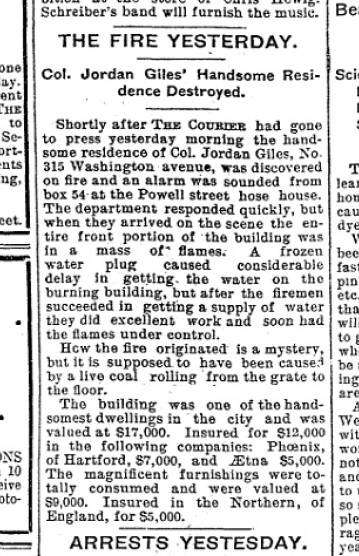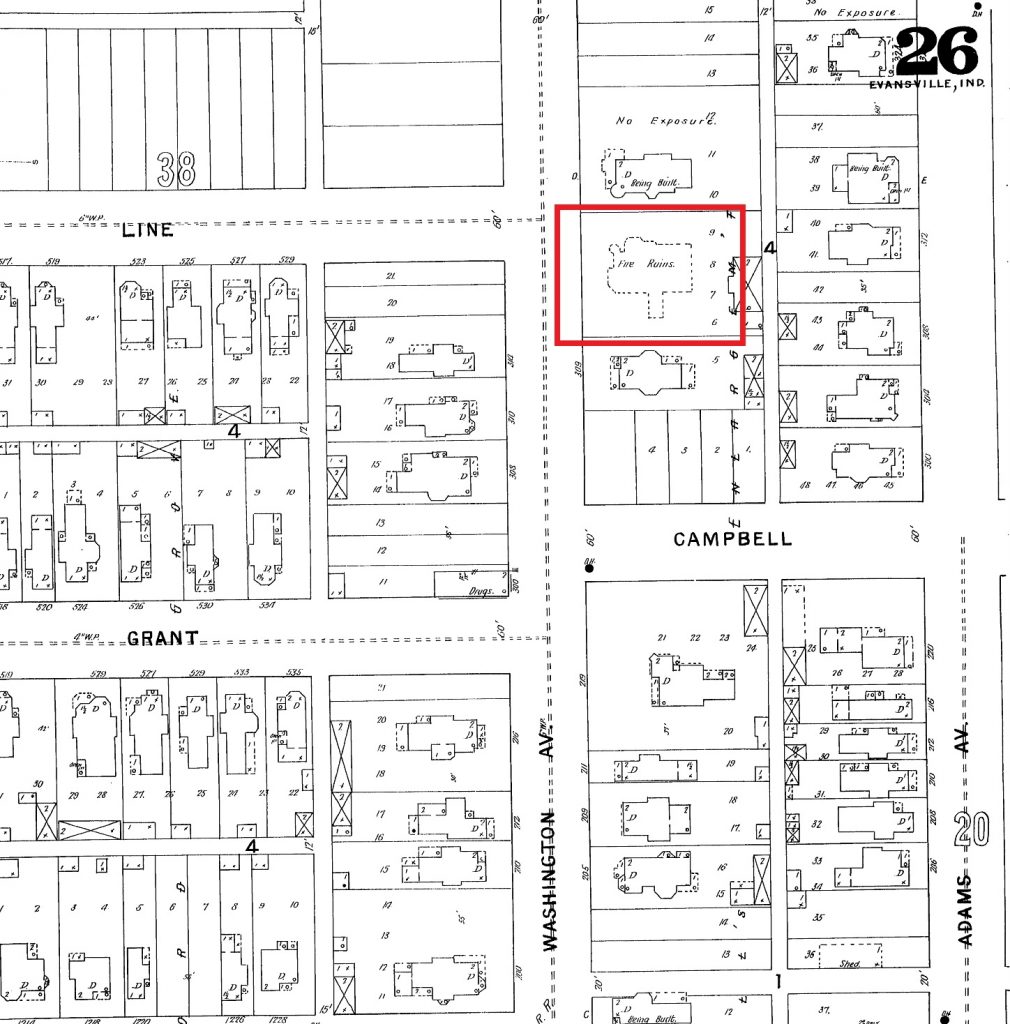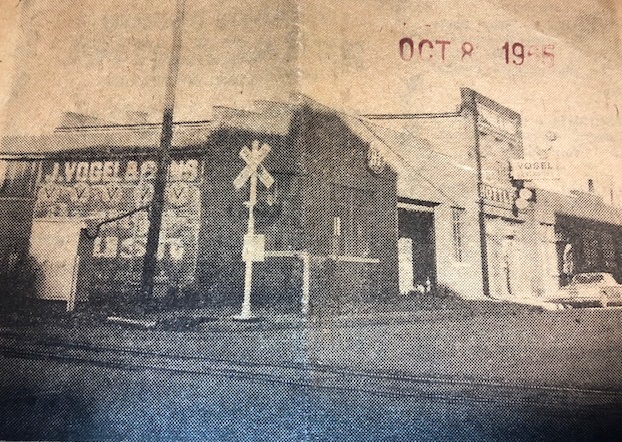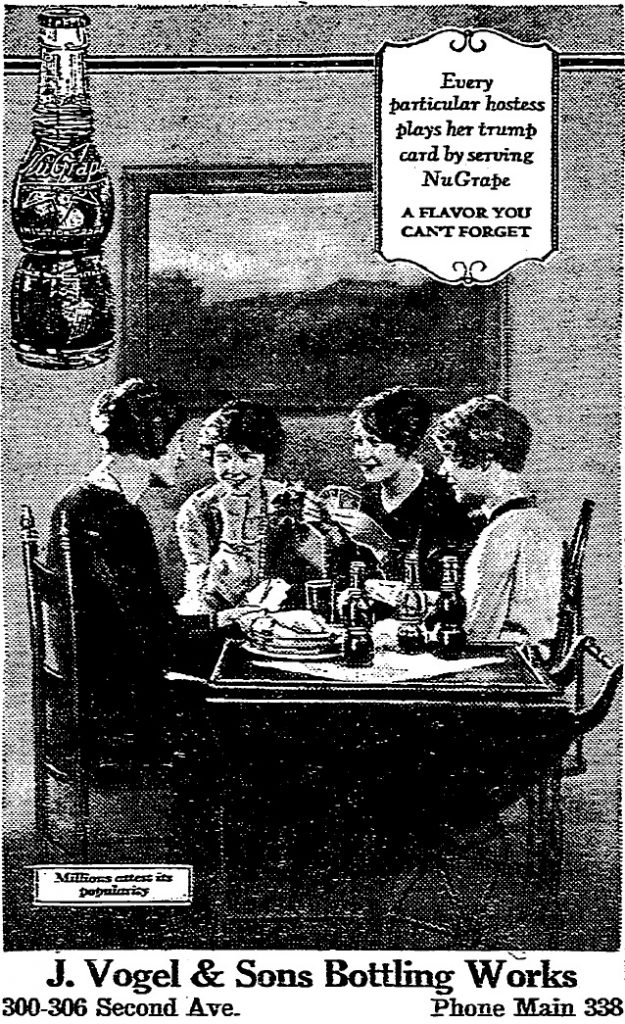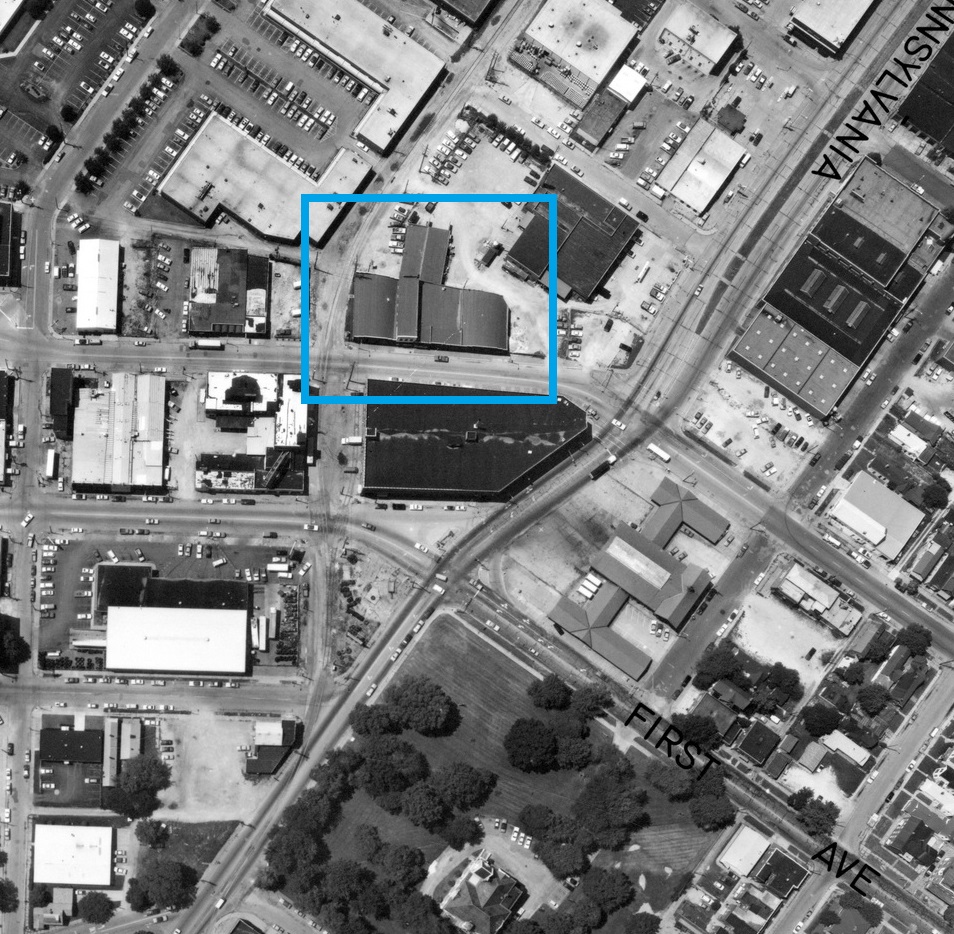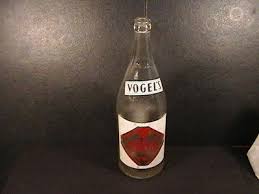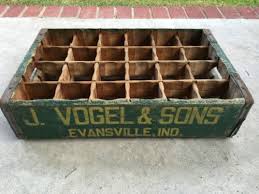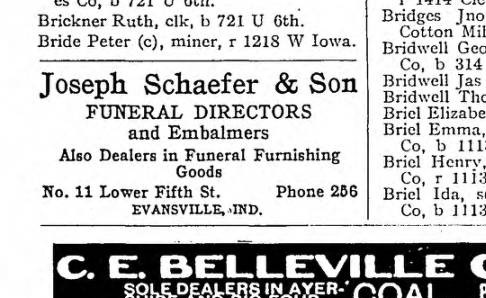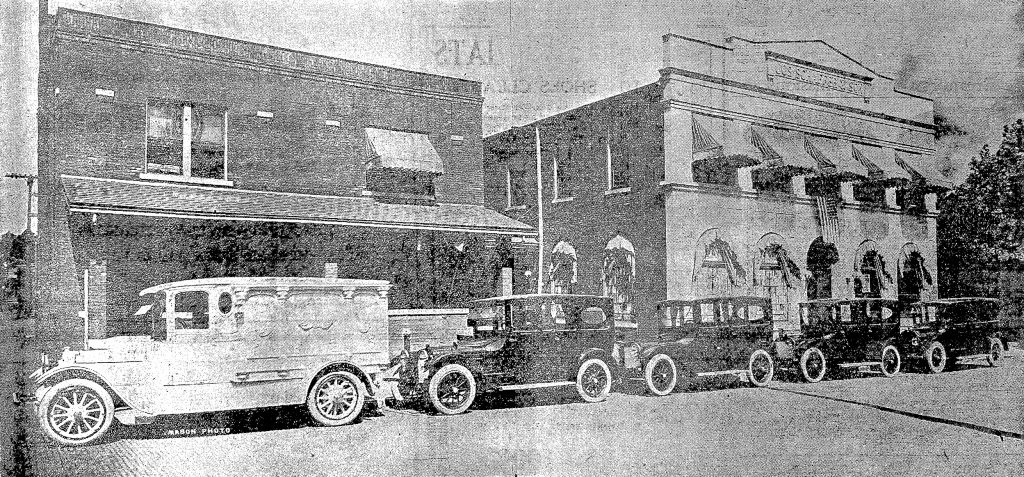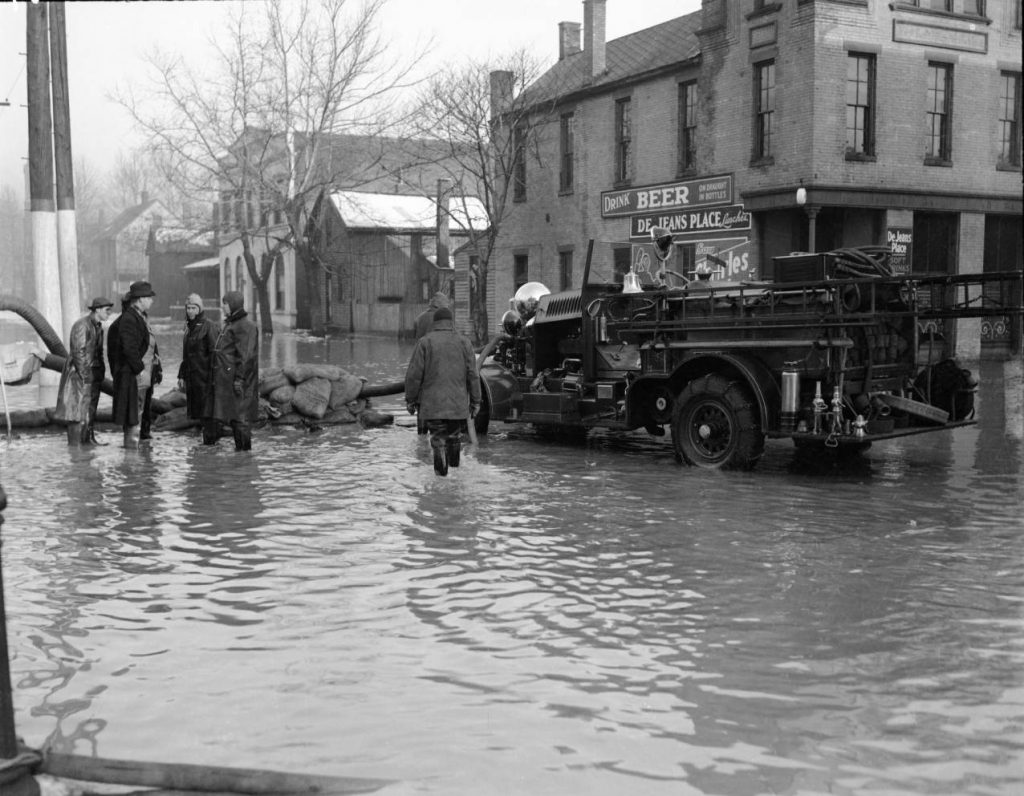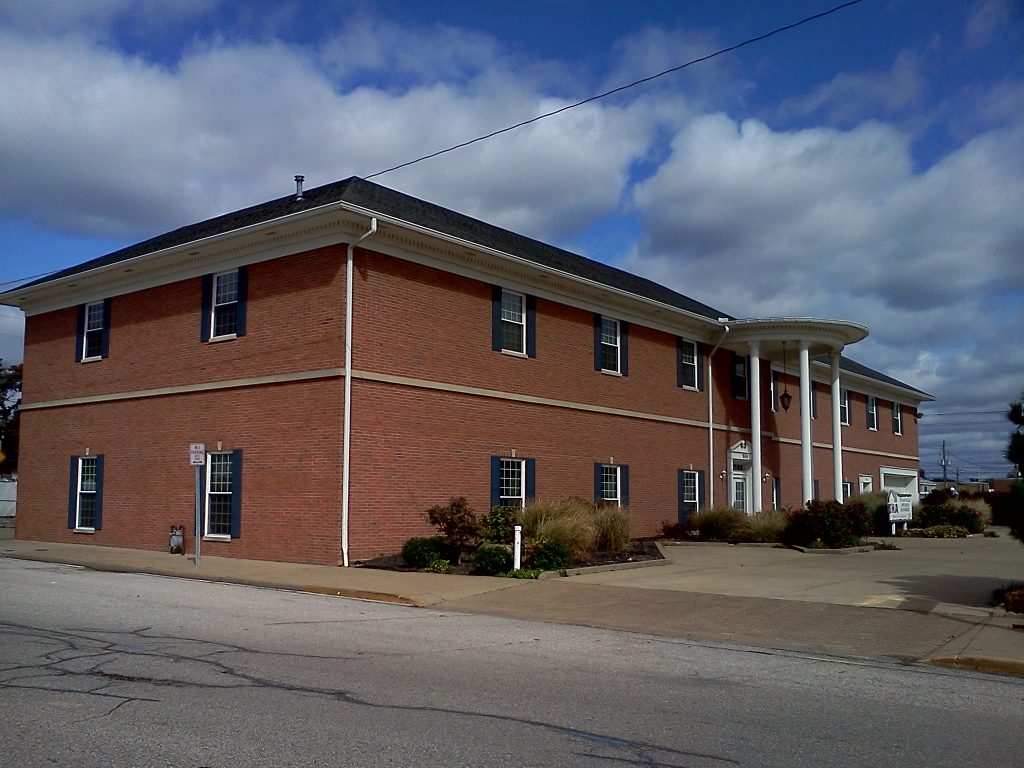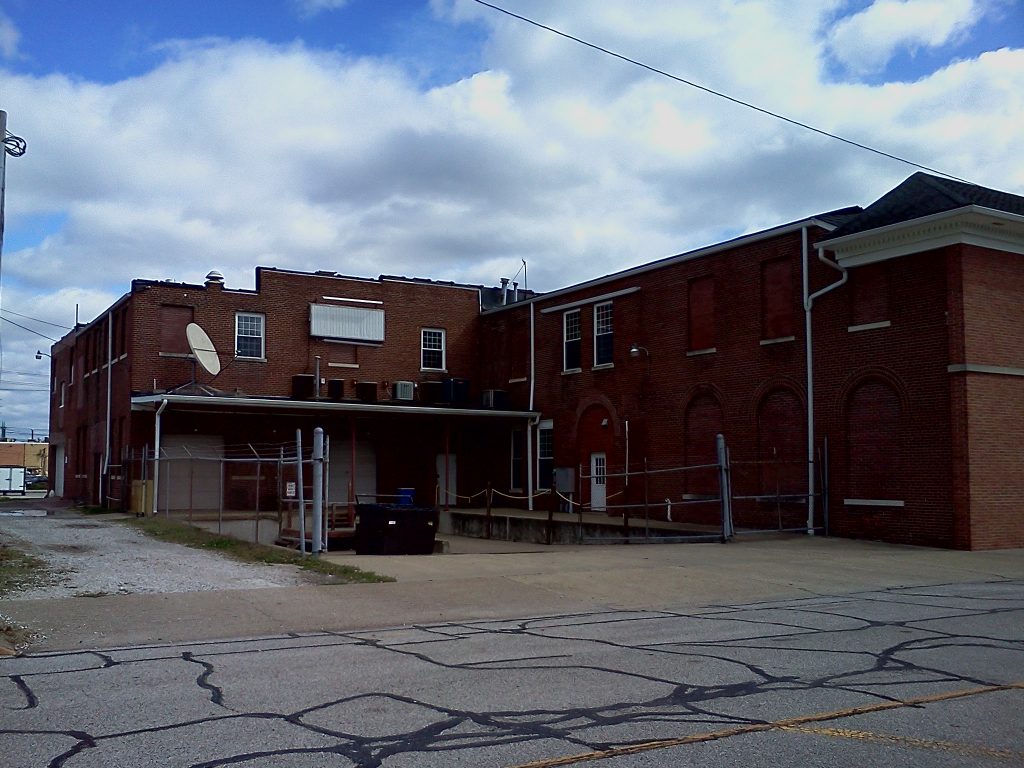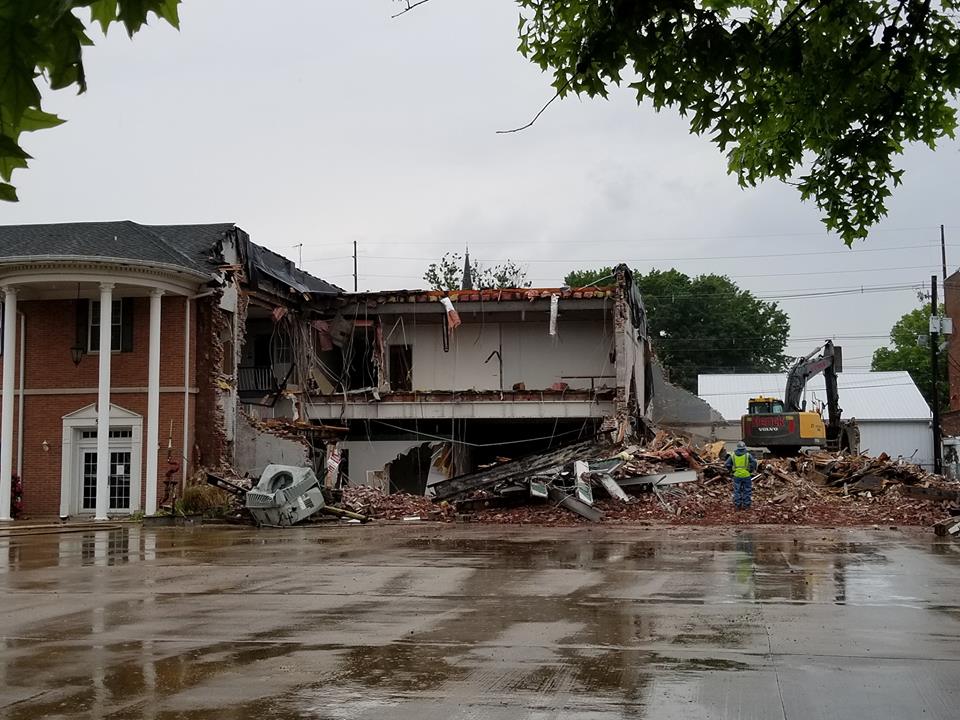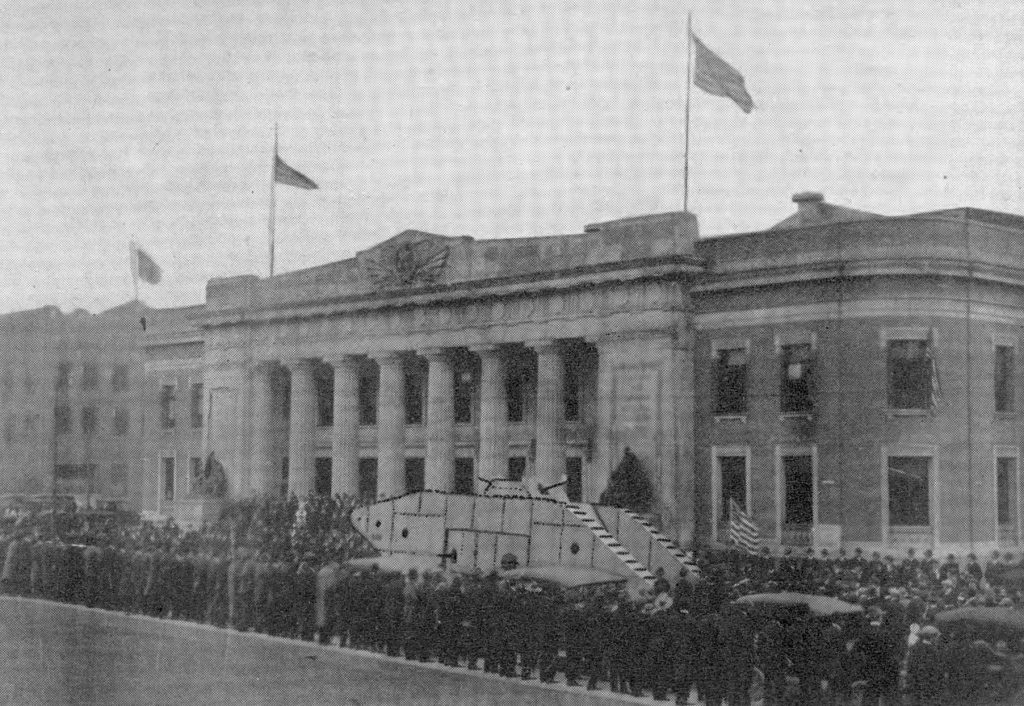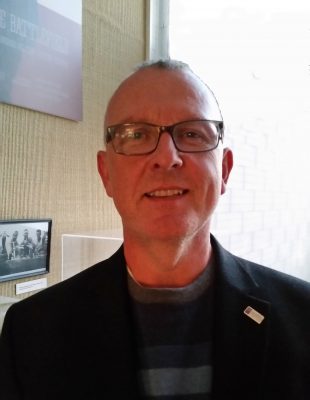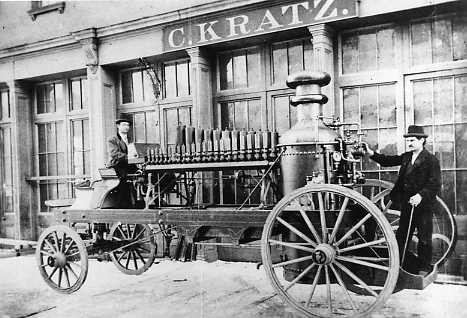
Evansville was well-known for its lumber, furniture, and other industries, but it was a major player in calliope manufacturing. The iconic sound they produced was popular on Ohio River boats. Local resident George Kratz was one of premier builders of steam calliopes. By the early 1900s there was only one other manufacturer in the entire United States (located in Cincinnati) so Kratz was a specialist of sorts.

George Kratz was born in Evansville in 1850 and went through the local school system. His father, Christian, and his uncle William Heilman were the founders of Heilman Plow (later Vulcan Plow). Christian would later share off his interest, but still operated a machine shop nearby at 2nd and Elm (Ingle St). It was at this shop in 1868 where George began tinkering with scraps. While working for his dad he spent several years developing his steam calliope.
Kratz owned a brick house at the corner of Water and Pine (Riverside and Clark) roughly where Fast Eddy’s was or the current casino stands. Around 1897 he expanded the home into a calliope factory. The 2nd story of house held many of the precision tools and the adjoining garage was for working on carriages. At that time the area was still fairly residential so it was quite common for them to play/practice on the rooftop and the melodic sound would carry for blocks.
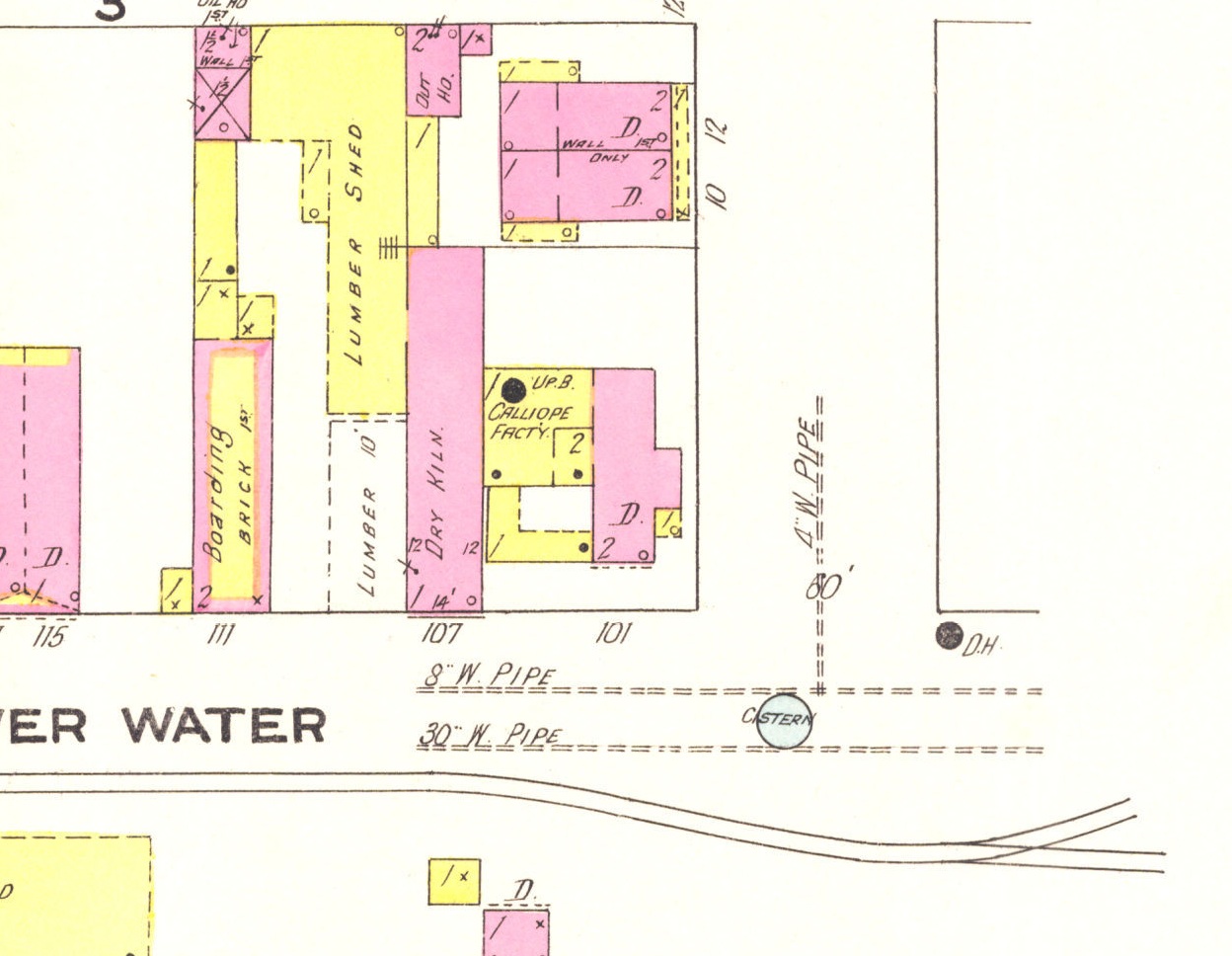
In 1897 George Kratz married his wife Julia. She was very musically gifted too and became involved in the business. The two would fine tune the instruments they built and would often travel to play calliopes, she on the keys and George regulating the steam forced through the whistles.
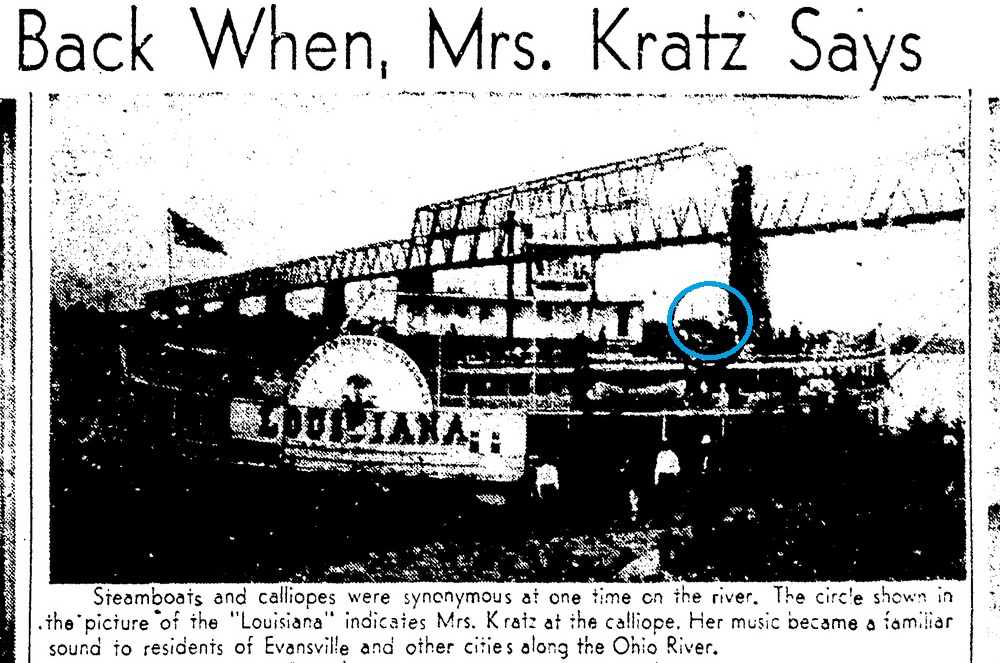
Kratz personally supervised the construction of each calliope so they only produced about a dozen each year. They made steam calliopes for several famous organization including Ringling Bros , Barnum & Bailey Circus, and Kit Carson Wild West Show. Kratz also had the distinction of building the largest ever calliope at the time with 44 whistles. However, the steamer carrying it, the City of Pittsburgh, caught fire and sank near Golconda, IL.

The story of George Kratz had a tragic end though. While installing a calliope in July 1913, he slipped and fell on the dance floor becoming paralyzed below the waist. Kratz was bed ridden and died on April 7, 1914 at the age of 64. In an interview in 1955, Julia stated she never played the calliope again after his accident. George Kratz is buried in Locust Hill City, the final resting spot of the King of Calliopes.






